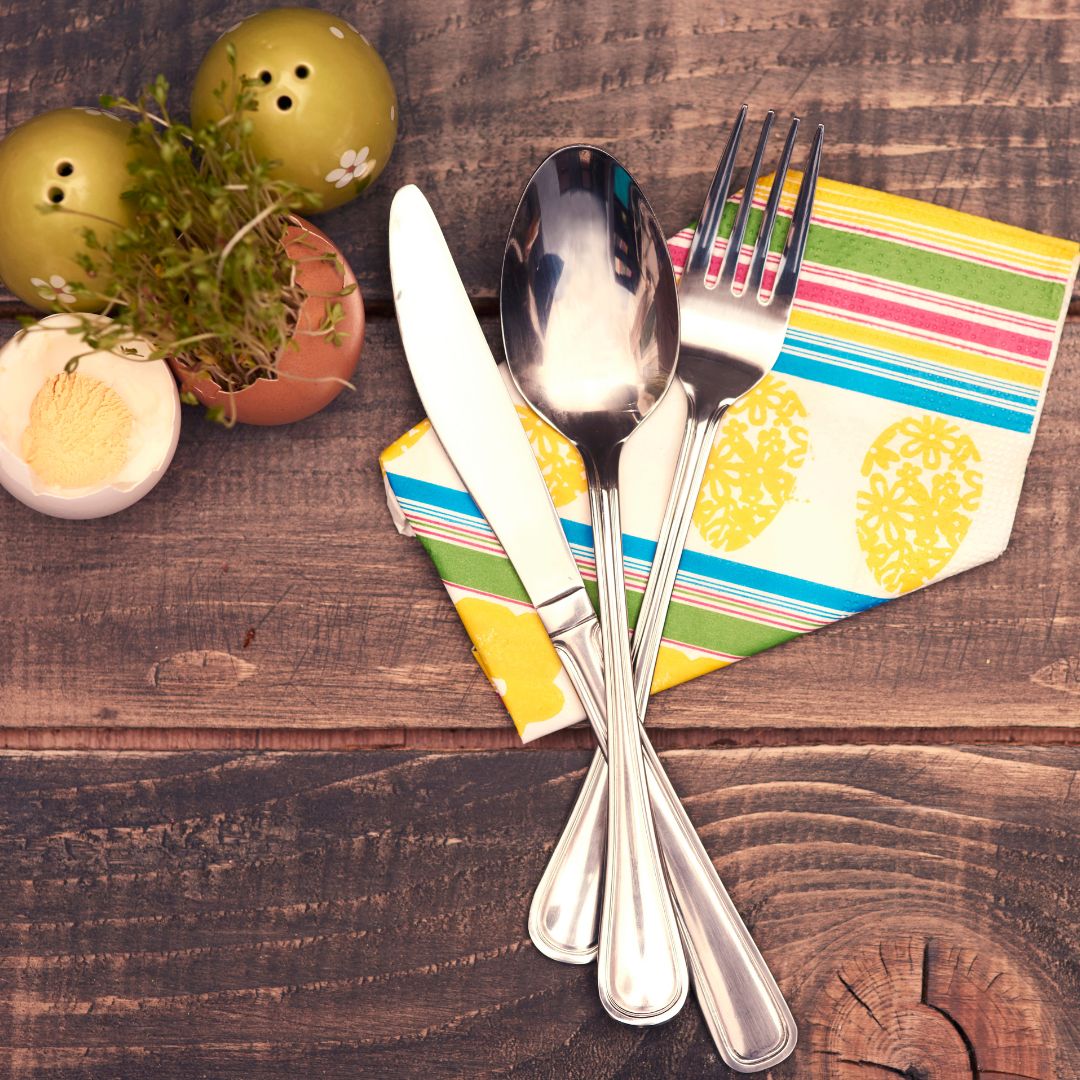
Easter Feast Fit for Royalty: Is Roasted Lamb the Star of the Show?
Easter is a time of celebration, renewal, and gathering with loved ones. Among the many traditions that mark this special occasion, one stands out for its deliciousness and significance: the time-honored tradition of roasting lamb. With its rich flavors, tender texture, and ability to bring people together, roasted lamb has become synonymous with Easter feasts around the world. In this article, we'll delve into the art of roasting lamb for Easter dinner, exploring its history, culinary techniques, and the joy it brings to the table.
The History of Roasted Lamb: The tradition of eating lamb during Easter can be traced back to ancient times. In many cultures, lamb holds symbolic significance, representing sacrifice, renewal, and springtime abundance. For Christians, lamb symbolizes Jesus Christ, often referred to as the "Lamb of God," whose sacrifice is commemorated during Easter. Thus, roasting lamb became a customary way to celebrate this sacred occasion, with families coming together to share in the feast.
Choosing the Perfect Cut: The key to a successful roast lamb lies in selecting the perfect cut of meat. While there are various cuts available, such as leg, shoulder, and rack, the leg of lamb is a popular choice for Easter dinner. Look for a leg that is well-trimmed, with a good balance of lean meat and marbling for flavor. If possible, opt for a bone-in leg, as the bone helps to impart additional flavor and juiciness to the meat during cooking.
Marinating for Flavor: Once you've chosen your lamb, the next step is to marinate it to infuse it with delicious flavors. A marinade typically consists of a combination of herbs, spices, garlic, citrus, and olive oil. Popular herbs and spices for lamb include rosemary, thyme, oregano, mint, and garlic. Allow the lamb to marinate for several hours or overnight in the refrigerator, allowing the flavors to penetrate the meat and tenderize it for optimal results.
The Art of Roasting: Roasting lamb requires patience, care, and attention to detail. Preheat your oven to the desired temperature (usually around 325°F to 375°F) and place the marinated lamb in a roasting pan. For even cooking, it's essential to truss the lamb with kitchen twine to ensure uniform shape and prevent the meat from drying out. Roast the lamb until it reaches the desired level of doneness, using a meat thermometer to gauge internal temperature.
Achieving Perfect Results: The key to a perfectly roasted lamb is achieving the ideal balance of crispy, golden-brown exterior and tender, juicy interior. To achieve this, baste the lamb with pan juices or additional marinade throughout the cooking process to keep it moist and flavorful. Allow the lamb to rest for at least 15-20 minutes before carving to allow the juices to redistribute evenly throughout the meat, ensuring maximum flavor and tenderness.
Serving and Enjoying: Once the lamb has rested, it's time to carve and serve it alongside your favorite Easter sides. Whether it's roasted potatoes, seasonal vegetables, fresh salads, or fluffy dinner rolls, the accompaniments complement the savory richness of the lamb, creating a harmonious feast for the senses. Gather around the table with family and friends, share stories, laughter, and gratitude, as you savor the delicious flavors of Easter dinner.
Summary:
roasting lamb for Easter dinner is more than just a culinary tradition—it's a time-honored ritual that brings people together to celebrate love, joy, and renewal. From selecting the perfect cut of meat to marinating, roasting, and serving it with all the trimmings, each step in the process contributes to the overall experience. As you gather with loved ones this Easter, may the aroma of roasted lamb fill your home, and may the flavors linger in your memory for years to come. Happy Easter!
